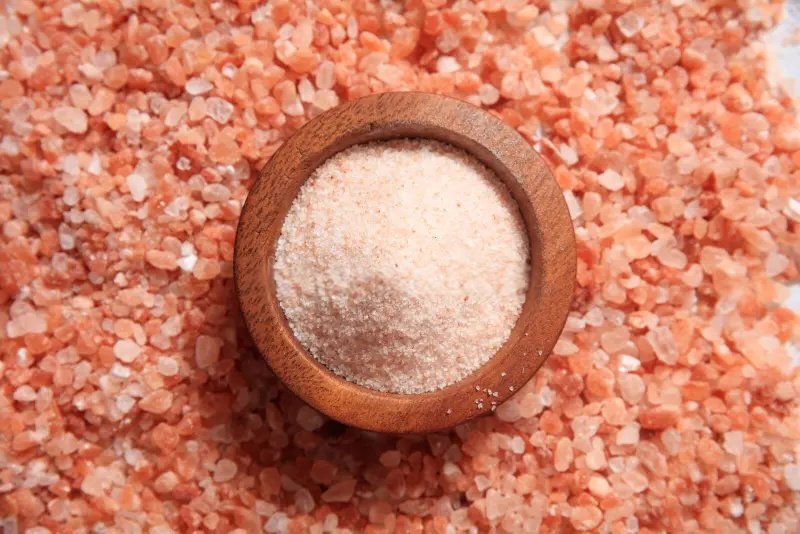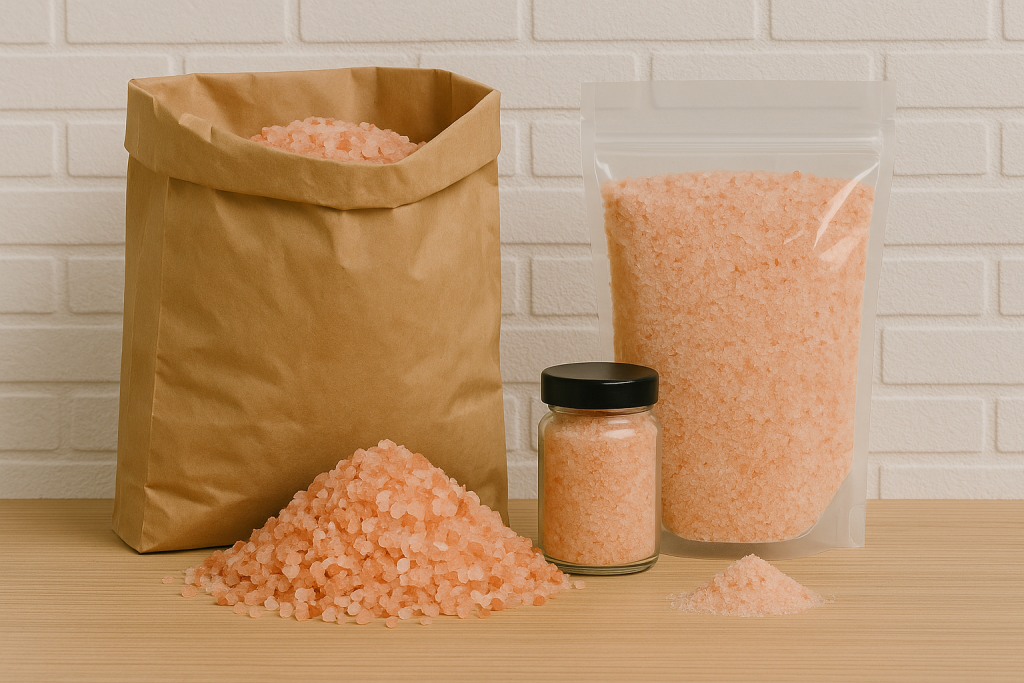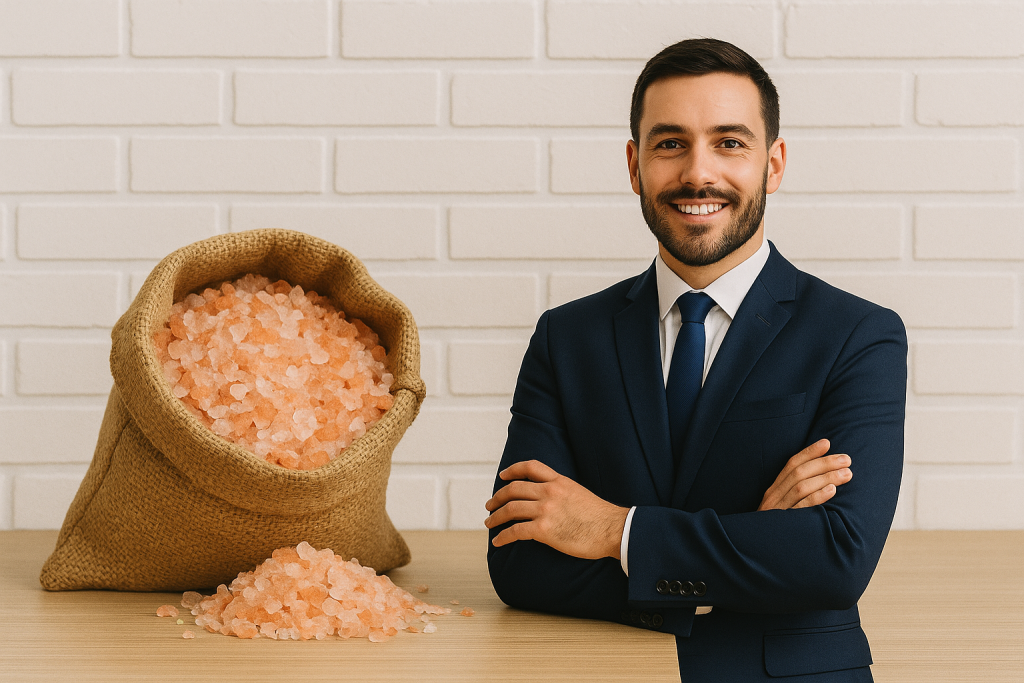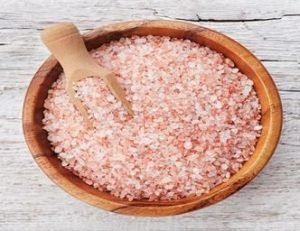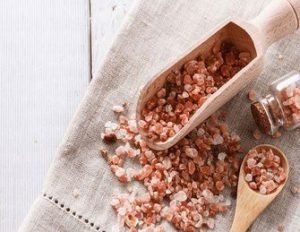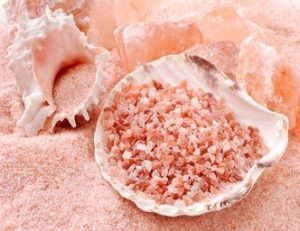Himalayan pink salt has become a staple in kitchens around the world—not just for its striking color, but also for its unique taste. If you’ve ever wondered what does Himalayan pink salt taste like and how it compares to regular table salt, you’re in the right place. In this flavor profile guide, we’ll break down everything you need to know about the taste, texture, and culinary value of edible Himalayan pink salt.
A Subtle Yet Rich Flavor
Unlike processed table salt, Himalayan pink salt offers a milder and more rounded salty flavor. It’s not overly sharp or harsh on the palate, which makes it an excellent choice for everyday cooking. The taste is slightly earthy, owing to the trace minerals like magnesium, potassium, and calcium that are naturally present in the salt.
Many chefs describe it as a more balanced saltiness—enough to enhance a dish without overpowering it. This subtlety is one of the reasons gourmet chefs prefer Himalayan salt for seasoning meats, vegetables, and even desserts.
Texture and Mouthfeel Matter
Another key aspect of Himalayan pink salt’s taste is its texture. Available in fine, coarse, and rock forms, it offers different culinary experiences depending on how it’s used.
- Fine Himalayan salt dissolves easily and blends well in soups, sauces, and baked goods.
- Coarse crystals add a slight crunch and texture when used as a finishing salt on steaks or salads.
This texture contributes to a more layered flavor experience, where the salt slowly dissolves on your tongue, releasing its natural mineral notes.
The Mineral Magic Behind Himalayan Edible Salt
One of the most fascinating aspects of Himalayan edible salt is its rich mineral content. Mined from ancient sea beds deep within the Himalayan mountains, this salt contains over 80 trace minerals—including magnesium, calcium, iron, and potassium. These minerals not only contribute to its distinct pink hue but also subtly influence its flavor. Unlike ordinary salt, which is chemically processed and stripped of nutrients, Himalayan pink salt remains natural and unrefined, giving your meals a more wholesome and earthy flavor experience. It’s more than just seasoning—it’s a mineral-rich upgrade for your kitchen.
Ideal Dishes for Himalayan Edible Salt
Because of its subtle and mineral-rich flavor, Himalayan pink salt is perfect for:
- Grilled meats and fish
- Roasted vegetables
- Finishing touch on salads or pasta
- Homemade bread or pizza dough
- Salt-crusted dishes cooked on Himalayan salt blocks
Using the right form—fine or coarse—can elevate your dish by providing both taste and texture.
The Gourmet Edge
Himalayan pink salt is often referred to as a “gourmet salt” for a reason. It doesn’t just season your food—it enhances it. The natural minerals not only contribute to a better taste but also make the food look more appealing. The soft pink color adds visual beauty, especially when used as a finishing salt on gourmet plates.
If you’re looking for a healthier, tastier alternative to table salt, Himalayan edible salt is a smart, flavorful choice that adds both nutrition and elegance to your meals.
Final Thoughts
In summary, the taste of Himalayan pink salt is mild, clean, and mineral-rich, offering a balanced flavor that complements a wide variety of dishes. Whether you’re a home cook or a professional chef, incorporating edible Himalayan salt into your kitchen will not only upgrade your meals but also connect you to a salt that’s been naturally preserved for millions of years beneath the Himalayan mountains.
Ready to taste the difference? Explore our range of Himalayan edible salt products and bring nature’s purest flavor to your table.

